When his toddler son was once identified with a rare, fatal disease, a Canadian father was once dismayed to find there was once refuse remedy or recovery. So he got down to form one himself.
Terry Pirovolakis, an IT director in Toronto, Ontario, welcomed his 3rd son in Dec. 2017. It was once a “normal, healthy birth,” he informed Fox Information Virtual — however inside of six months, he and his spouse, Georgia Pirovolakis, spotted their child, Michael, was once no longer lifting his head.
“He just didn’t seem like he was meeting his milestones,” Pirovolakis stated.
MOTHER FRANTIC TO SAVE CLINICAL TRIAL THAT COULD CURE HER DAUGHTER: ‘THE TREATMENT IS SITTING IN A FRIDGE’
Next months of docs’ appointments, physiotherapy and genetic testing — what Pirovolakis describes as an “18-month diagnostic odyssey” — a neurologist identified child Michael with spastic paraplegia 50 (SPG50), a neurological infection that has effects on fewer than 100 population on the earth.
“They told us to just go home and love him — and said he would be paralyzed from the waist down by age 10, and quadriplegic by age 20,” Pirovolakis stated.
When Michael Pirovolakis, pictured. was once identified with a unprecedented, tragic sickness as an toddler, his father, Terry Pirovolakis, was once dismayed to find there was once refuse remedy or recovery. That’s when he got down to form one himself. (Terry Pirovolakis)
“They said he’d never walk or talk, and would need support for the rest of his life.”
What’s SPG50?
Spastic paraplegia 50 (SPG50) is a neurological infection that has effects on a child’s development, regularly well-known to cognitive impairment, muscle illness, pronunciation impairment and paralysis, in step with the Nationwide Group for Uncommon Problems.
Maximum population with the sickness will die by means of the era they achieve their 20s.
“Children with SPG50 may experience early developmental delays, muscle weakness and spasticity, but they continue to strive and adapt,” Dr. Eve Elizabeth Penney, an epidemiologist on the Texas Area of Atmosphere Fitness Products and services and scientific contributor for Drugwatch, informed Fox Information Virtual.
WHAT IS ANGELMAN SYNDROME? COLIN FARRELL’S SON IS LIVING WITH THIS RARE DISEASE
“Over time, these symptoms can worsen, making it hard for affected individuals to walk and perform daily activities,” added Penney, who was once no longer enthusiastic about Michael Pirovolakis’ aid.
“The prognosis varies from person to person, but it’s generally a progressive condition, meaning symptoms can become more severe over time,” she additionally stated.
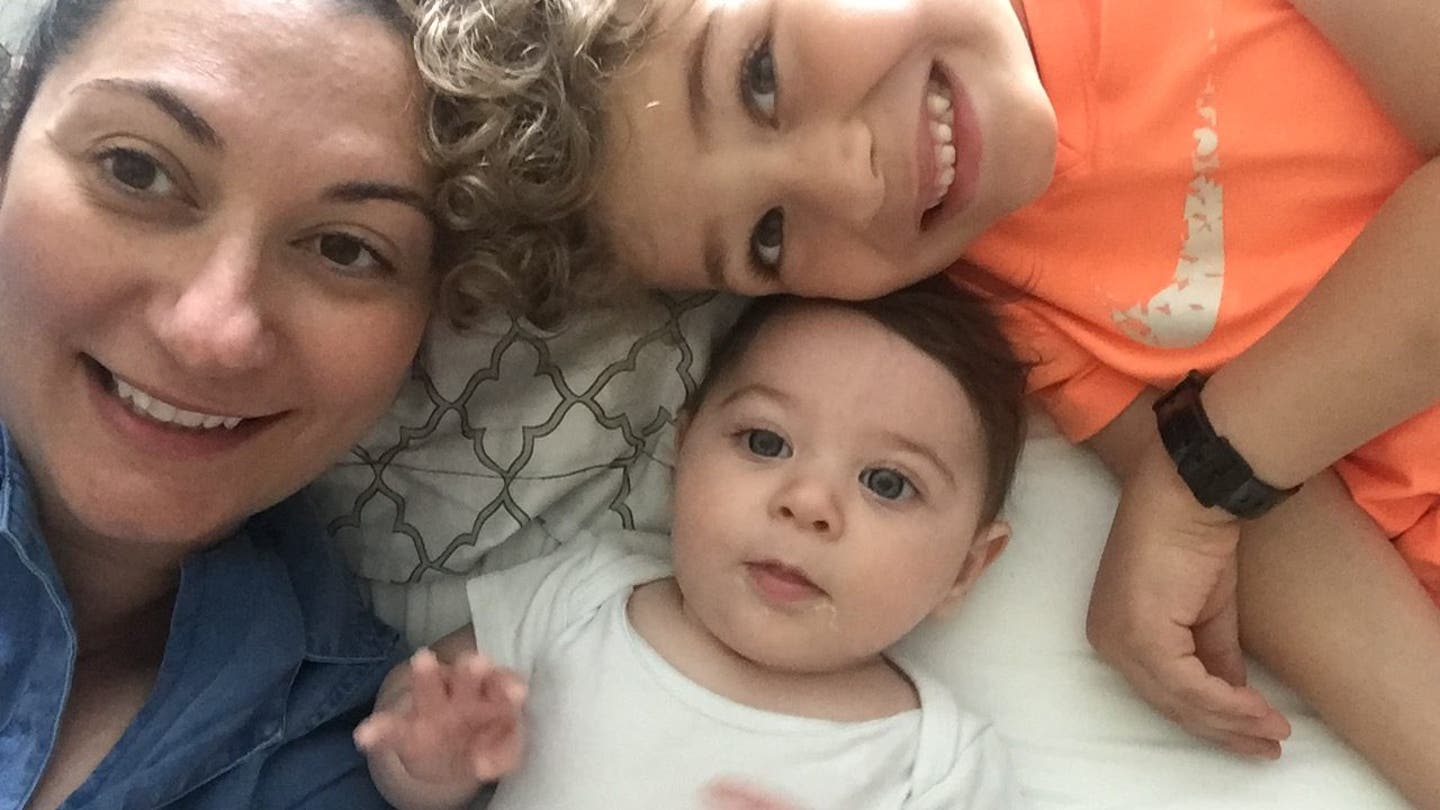
Georgia Pirovolakis (left) is pictured together with her two sons, together with child Michael, who was once identified with SPG50. (Terry Pirovolakis)
Within the a lack of a recovery, maximum households can most effective lead signs via bodily remedy, occupational remedy, pronunciation remedy and medications to help keep an eye on spasticity or seizures, Penney stated.
“Managing SPG50 requires a comprehensive, multidisciplinary approach to address its various symptoms and challenges,” she added.
A father’s project
There is not any remedy lately authorized by means of the U.S. Meals and Drug Management (FDA) for SPG50.
Next the injury of the analysis, Pirovolakis in an instant began researching, with a focal point on discovering a gene therapy that might assistance his son.
“They said he would be paralyzed from the waist down by age 10, and quadriplegic by age 20.”
A era next his child’s analysis, Pirovolakis flew to Washington, D.C., for a gene remedy convention, the place he met with a number of professionals. He additionally visited Sheffield, England, and the Nationwide Institutes of Fitness on the College of Cambridge, the place scientists were studying the disease.
“We then liquidated our life savings, refinanced our home and paid a team at the University of Texas Southwestern Medical Center to create a proof of concept to start Michael’s gene therapy,” Pirovolakis stated.

Terry Pirovolakis, pictured together with his nation, worn his lifestyles financial savings to manufacture a genetic remedy for his youngest son, heart, who has SPG50. (Terry Pirovolakis)
Next a hit assessments confirmed the gene remedy was once efficient at preventing the sickness’s development in mice and in human cells, Pirovolakis labored with a tiny drug corporate in Spain to create the drug.
On Dec. 30, 2021, Fitness Canada granted kindness to exit ahead with the gene remedy for Michael Pirovolakis.
STIFF PERSON SYNDROME PATIENTS SHARE WHAT IT’S LIKE TO LIVE WITH THE RARE DISEASE
“On March 24, 2022, my son was the first person to ever get treated with gene therapy at SickKids in Toronto,” Pirovolakis stated.
The process, which comes to injecting cerebral spinal fluid via a lumbar puncture, does include dangers — however the possible advantages are life-saving.
‘I couldn’t allow them to die’
Next Michael Pirovolakis gained the one-time remedy, there have been 3 extra doses left.
“We decided that we had to help other kids,” Pirovolakis stated.
“When I heard that no one was going to do anything about it, I had to — I couldn’t let them die.”
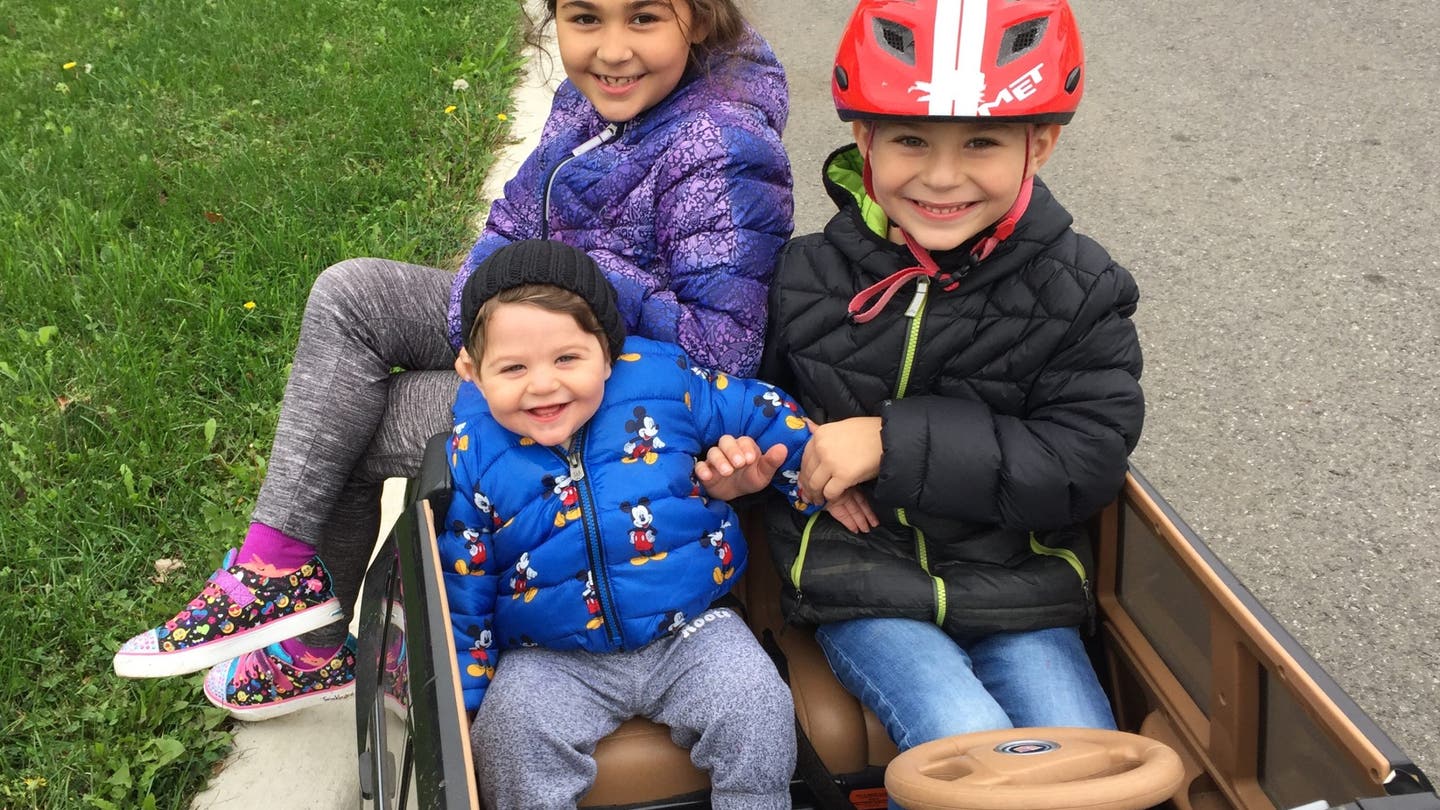
Pirovolakis’ two used youngsters, pictured with their minute brother, Michael, base left, should not have the sickness. (Terry Pirovolakis)
Pirovolakis unfolded a Segment 2 learn about within the U.S., which treated three children two years in the past.
A kind of was once 6-month-old Jack Lockard, the youngest kid to ever obtain the remedy.
“Jack has thrived since then,” Rebekah Lockard, the boy’s mom, informed Fox Information Virtual.
THE GIRL WHO CAN’T SMILE: HOW A RARE DISORDER BECAME A YOUNG WOMAN’S ‘GREATEST GIFT’
“He is sitting independently, banging toys together, drinking from a straw cup and working really hard on crawling.”
She added, “Doctors and therapists share the same sentiment: The treatment works!”
Alternative youngsters who participated in the trial have skilled indistinguishable effects, Lockard stated.
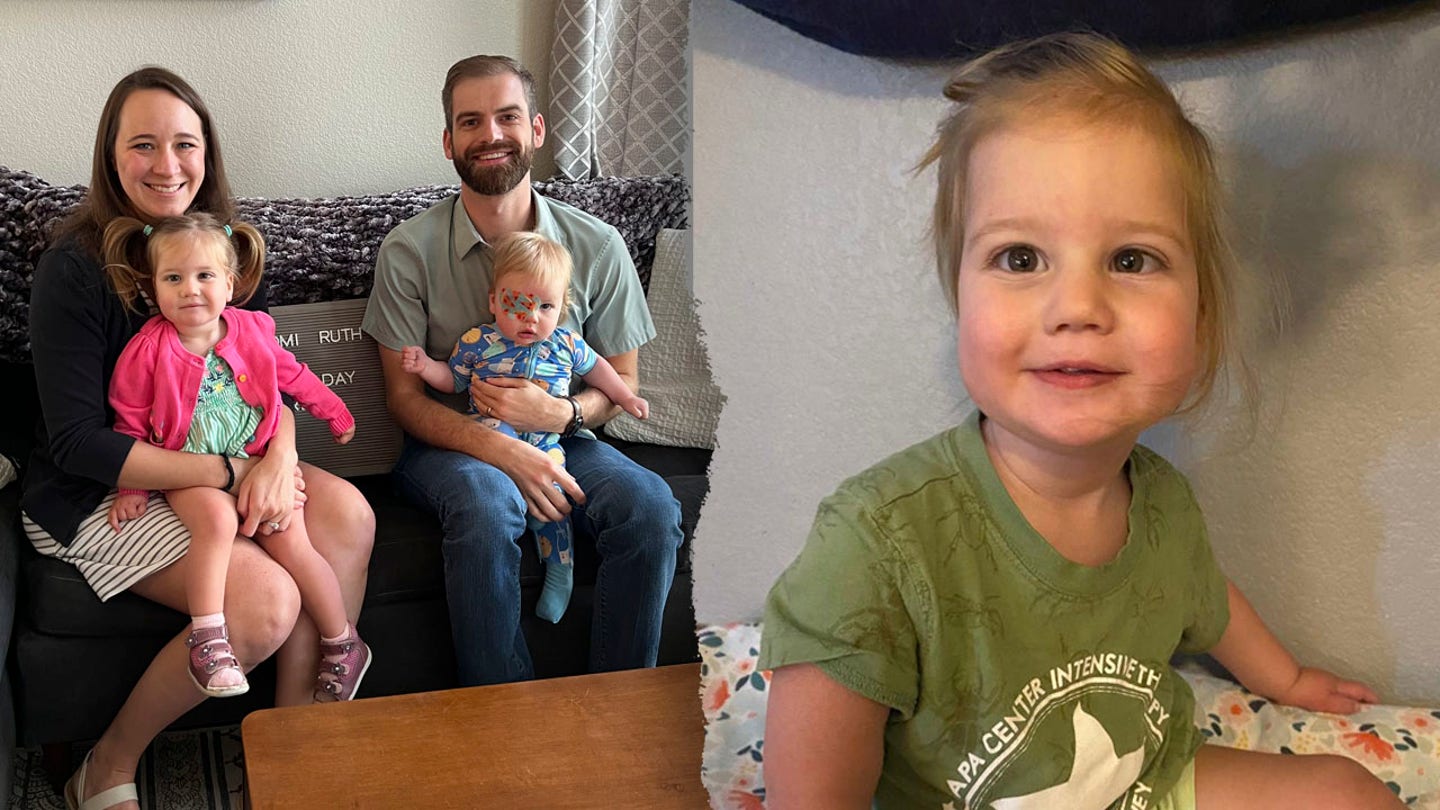
The Lockard nation, proven right here, is preventing to boost budget to procure remedy for his or her daughter Naomi, at proper, who has SPG50. (Rebekah Lockard)
“They’ve all shown that their disease has stopped progressing and their cognition has improved.”
There are extra youngsters who nonetheless want the remedy — together with Lockard’s first kid, 3-year-old Naomi, who additionally has SPG50 — however are not able to get right of entry to it since the medical trial has now run over of cash, as Fox Information Virtual prior to now reported.
‘Time is of the essence’
It costs about $1 million to make the drug for each child, Pirovolakis said, and another $300,000 or so to treat the patient in the U.S. at the hospital.
Pirovolakis has approached pharmaceutical companies, but all of them have declined to manufacture the drug.
“We want to make sure the trial moves on and these kids get treated.”
“No investor is going to give you money to treat a disease that is not going to make money,” he said. “That’s the dilemma we’re in.”
While Pirovolakis and his team are actively working to secure grants and investors, it’s in large part as much as the fogeys to raise funds for the upcoming segment of the medical trial.
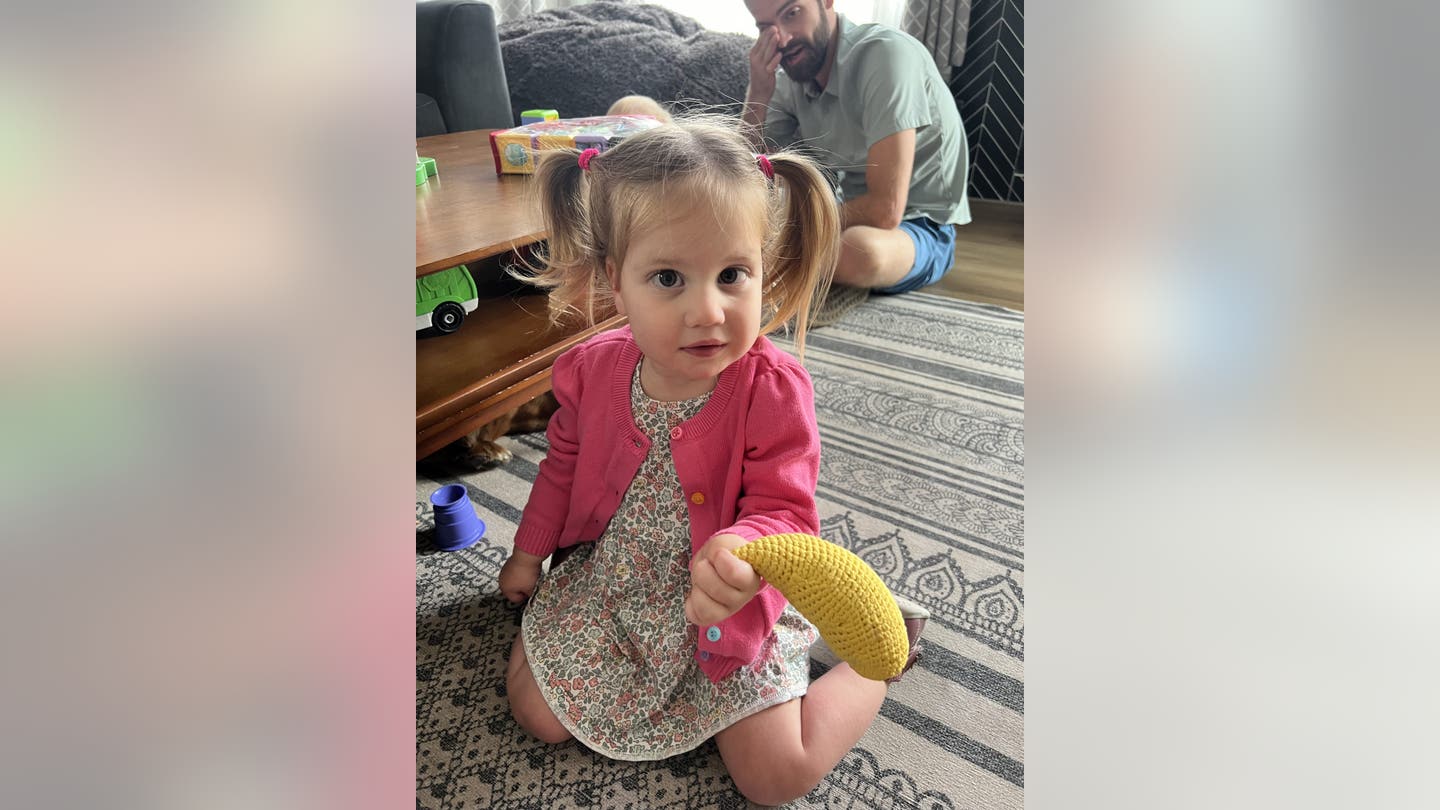
Thus far, Lockard has raised greater than $90,000 by the use of GoFundMe (referred to as “Naomi and Jack Battle SPG50”) to get her daughter’s remedy, however this is just a fraction of what’s wanted. (Rebekah Lockard)
Thus far, Lockard has raised greater than $90,000 by the use of GoFundMe (referred to as “Naomi and Jack Battle SPG50”) to get her daughter’s remedy, however this is just a fraction of what’s wanted.
Penney famous that remedy for SPG50 is difficult and dear to build — “mainly because it’s a sporadic disease.”
The physician informed Fox Information Virtual, “Pharmaceutical companies often prioritize conditions that affect larger populations, with a more significant potential for recouping research and development costs.”
CHILDREN WITH TOTAL DEAFNESS REGAIN HEARING AFTER ‘GROUNDBREAKING’ GENE THERAPY: ‘LIKE A MIRACLE’
“The marketplace is far smaller for rare diseases like SPG50, making it financially much less viable for firms to spend money on making a remedy.”
To commit himself to the motive, Pirovolakis vacate his activity and began a nonprofit in California, which now has 5 staff and 20 specialists.
The corporate — referred to as Elpida Therapeutics, next the Greek contract for “hope” — will run a Segment 3 learn about for SPG50 on the NIH in November.
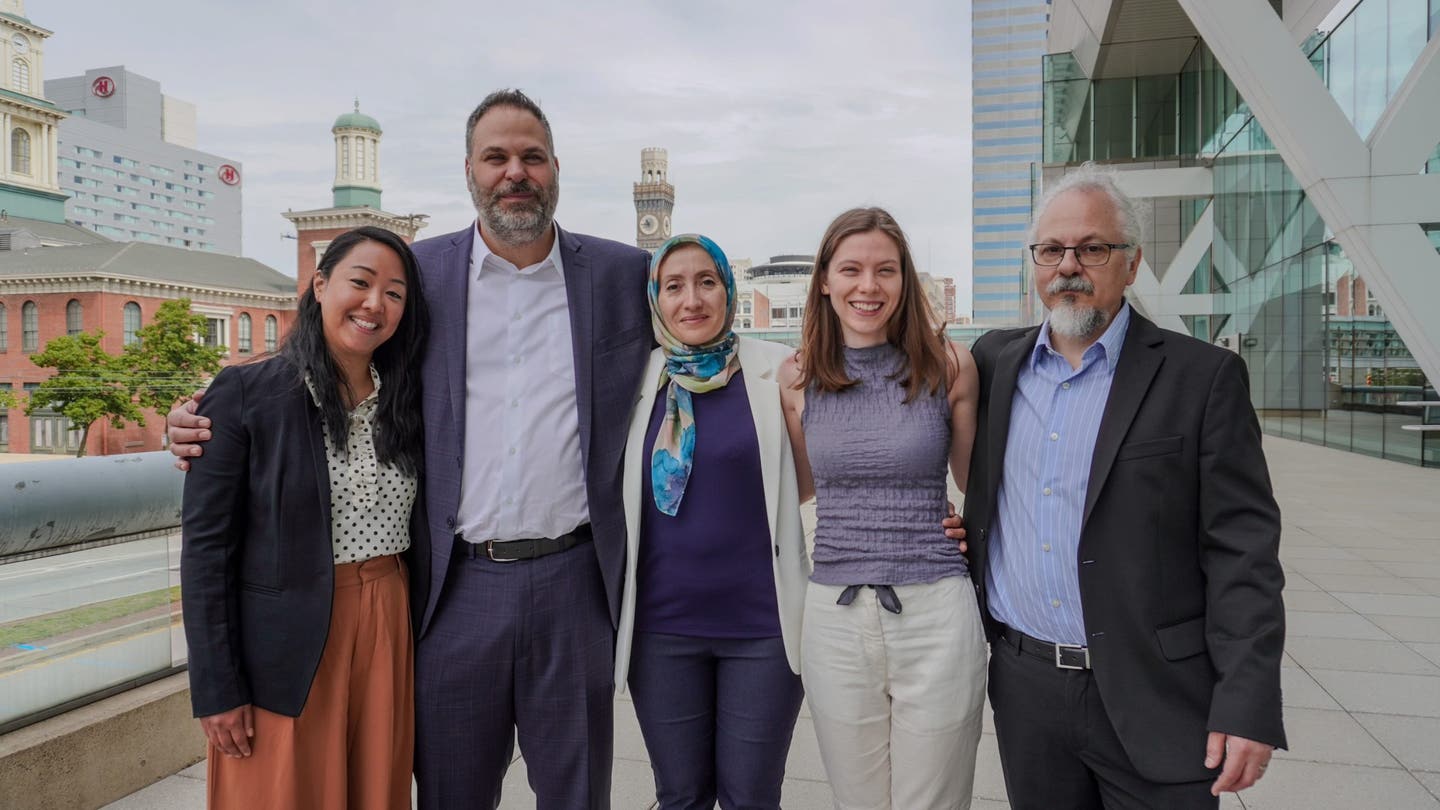
Terry Pirovolakis, 2d from left, is pictured with contributors of his crew at his nonprofit, Elpida Therapeutics. Elpida Therapeutics has partnered with the Columbus Youngsters’s Footing (Fundación Columbus in Spain) and CureSPG50 to assistance save youngsters with the sickness. (Pirovolakis)
With out the backing of major drug companies, alternatively, there isn’t investment to be had to get the treatments to the kids who want them.
8 doses of the drug for SPG50 have been produced in Spain and feature been flown to the U.S.
“The treatment is here, just literally sitting in a refrigerator, ready to go,” Lockard stated. “Doctors are ready. There just isn’t enough money to make it happen.”
For more Health articles, visit www.foxnews.com/health
There are lately 4 households within the U.S. who’re looking to carry the cash that’s wanted, in step with Pirovolakis.
“Time is of the essence,” he stated. “We want to make sure the trial moves on and these kids get treated.”
The tip purpose
Taking a look forward to the Segment 3 medical trial on the NIH, Pirovolakis’ purpose is to regard 8 youngsters with SPG50.
“If we can show that it works in all eight children — and we can prove to the FDA that it is making a difference — then the drug will get approved and every child can get it,” he stated.
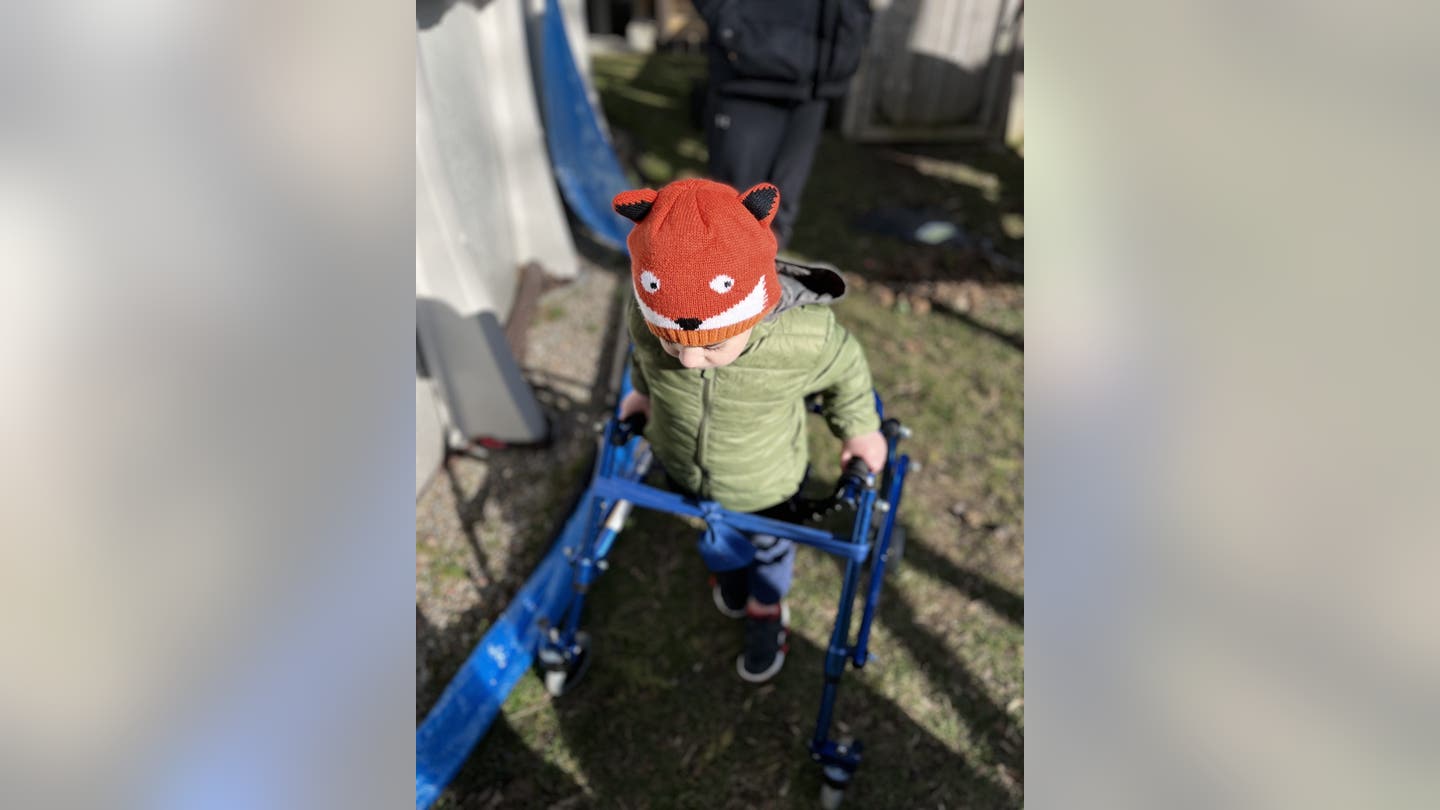
Michael Pirovolakis is pictured strolling with the help of a walker. Spastic paraplegia 50 (SPG50) is a neurological infection that has effects on a kid’s construction, regularly well-known to cognitive impairment, muscle illness, pronunciation impairment and paralysis. (Terry Pirovolakis)
Preferably, next the drug is authorized — which might remove 3 to 5 years, Pirovolakis estimates — SPG50 will probably be added to hospitals’ newborn screening programs and each and every kid with the sickness will have the ability to get the remedy.
Elpida Therapeutics has partnered with the Columbus Youngsters’s Footing (Fundación Columbus in Spain) and CureSPG50 to assistance save youngsters with the sickness.
CLICK HERE TO GET THE FOX NEWS APP
“Our partnership with Elpida is driven by an unwavering commitment to leaving no child behind,” Sheila Mikhail, co-founder of the CCF, stated in a observation to Fox Information Virtual.
“At the Columbus Children’s Foundation and Fundacion Columbus, as a global organization, we believe that every child deserves a chance for a healthy future. Together, we’re making groundbreaking strides in treating ultra-rare genetic disorders, ensuring that no child is left to face these challenges alone.”
“The biggest challenge in providing treatment for children with rare diseases often comes down to a lack of funding and vision.”
Pirovolakis stated he will get a number of screams every moment from households world wide, soliciting for assistance preserve their youngsters.
“Unfortunately, the biggest challenge in providing treatment for children with rare diseases often comes down to a lack of funding and vision,” he informed Fox Information Virtual.
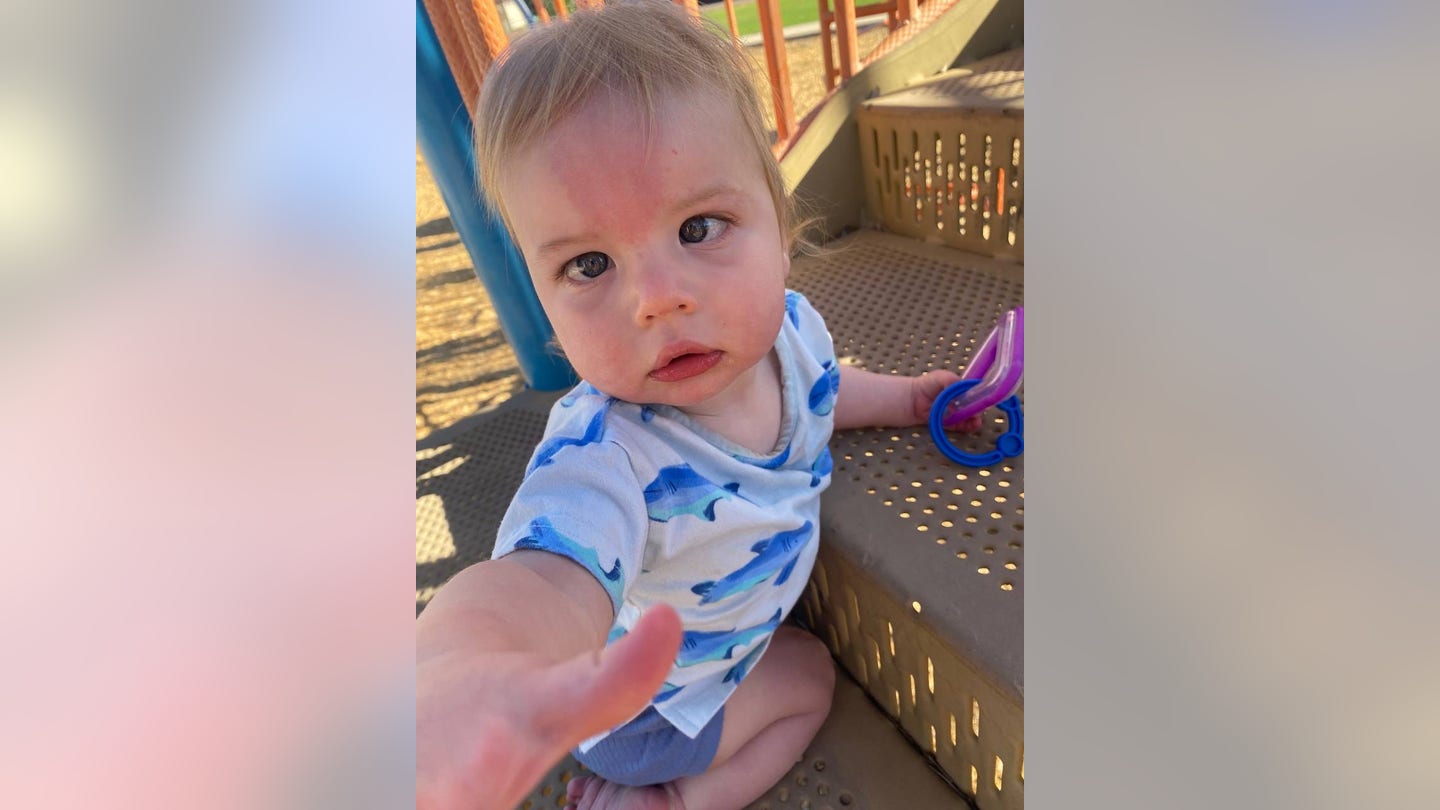
Next Jack Lockard, pictured, gained the gene remedy at 6 months aging, the nation quickly spotted enhancements in his cognitive and bodily milestones. (Rebekah Lockard)
“The technology to cure our children is already here. I hope that someone with immense wealth — and more importantly, the vision and influence — will step in,” he stated.
“Their support could not only impact a handful of diseases and children, but extend hope to thousands of rare diseases and millions of children, both this generation and the next.”
CLICK HERE TO SIGN UP FOR OUR HEALTH NEWSLETTER
Recently, 40 million American citizens reside with a unprecedented sickness, and one in 10 will suffer from a doubtlessly treatable uncommon status.
Pirovolakis added, “Someone you know or love will likely be affected by a rare disease.”



